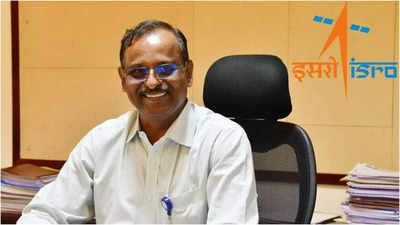ISRO Chairman V Narayanan
NEW DELHI: The ISRO will resume experiments on the
SpaDeX mission
in mid-March by trying to separate the two satellites – Chaser and Target – and re-dock them again as it attempts to master the technologies for future projects. The SpaDeX mission was launched on December 30 last year when it placed in orbit two satellites – SDX01 and SDX02 – to demonstrate the docking experiment in space. After several attempts, the
Indian Space Research Organization
(ISRO) was successful in docking the two satellites on January 16.
“Currently, the unified satellite is in an elliptical orbit. So, we get a 10-15 days window once in two months to conduct various experiments,” ISRO Chairman V Narayanan told PTI on the sidelines of the National Science Day celebrations here.
He said the window for carrying out experiments on the SpaDeX satellites will be available from March 15.
“Right now, we are doing simulation experiments for separation of satellites and re-docking them. We have charted out a plan and will start the actual experiments from March 15,” Narayanan said.
Ahead of the mission’s launch, the ISRO had said after successful docking and rigidization, it planned to demonstrate electrical power transfer between the two satellites before undocking and separation.
“We want to do multiple experiments. There is a lot of propellant onboard. We also have experiments lined up for the third slot that would be available after two months,” Narayanan said.
He said the SpaDeX mission is a fore-runner for several future projects such as the Chandrayaan-4, building of the Bharat Antariksha Station which will involve use of docking technologies.
Earlier, Union Science and Technology Minister Jitendra Singh flagged off the e-Tractor and e-Tiller developed by CSIR-Central Mechanical Engineering Research Institute, Durgapur.


